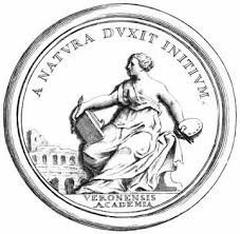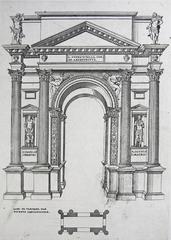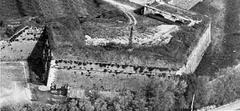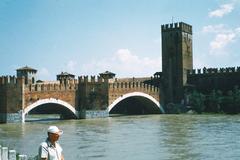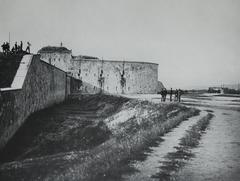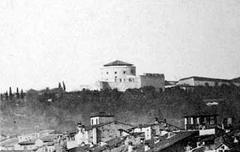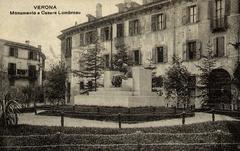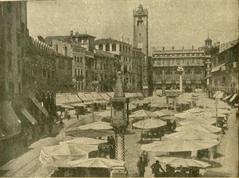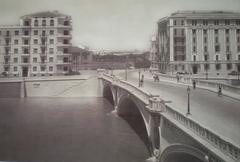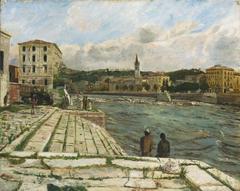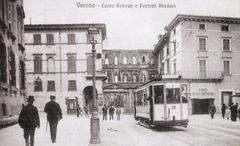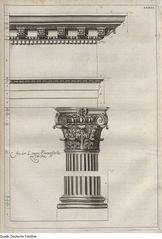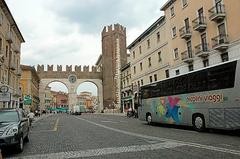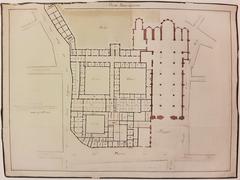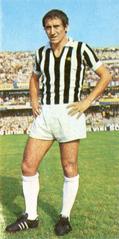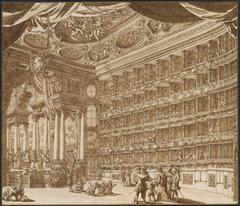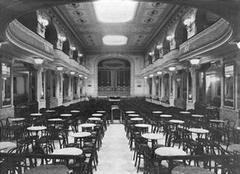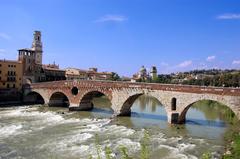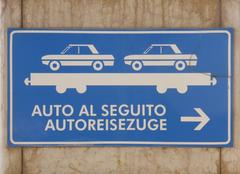
Santi Nazaro e Celso Verona: Complete Visitor Guide, Hours, Tickets, and Historical Overview
Date: 04/07/2025
Introduction
Nestled in the Veronetta district, the Church of Santi Nazaro e Celso is a cornerstone of Verona’s spiritual, artistic, and architectural heritage. This guide offers a detailed exploration of the church and its adjacent former Benedictine monastery, tracing their evolution from early Christian times through the Renaissance and into the present day. Here, visitors can immerse themselves in centuries of devotion, admire outstanding artworks, and experience the living history of Verona. Whether you are an art lover, history enthusiast, or cultural traveler, this comprehensive guide covers everything from visiting hours and tickets to accessibility, highlights, and insider tips (veronissima.com; Verona Minor Hierusalem; Verona Sociale).
Table of Contents
- Early Origins and Foundation
- Medieval Development and Benedictine Monastery
- Renaissance Reconstruction and Artistic Evolution
- Key Artworks and Chapels
- The Sacello Rupestre: Early Christian Rock-Cut Monument
- Visiting Information
- Events, Photography, and Nearby Attractions
- FAQs
- Conclusion and Recommendations
- References
Early Origins and Foundation
Religious activity at the Santi Nazaro e Celso site dates to the 9th century, evidenced by early Christian frescoes found in the “grotta di San Nazaro,” a cave carved into Monte Castiglione’s tuff. These frescoes, now preserved at the Museo Cavalcaselle, stand among Verona’s earliest Christian artworks and are significant for documenting the local veneration of Saints Nazarius and Celsus (veronissima.com). Over time, additional buildings rose around the sacred cave, pointing to the site’s growing religious importance.
Medieval Development and the Benedictine Monastery
By the Middle Ages, Santi Nazaro e Celso had become a Benedictine monastic hub, central to the Veronetta district’s religious and social life. In the 15th century, the monastery joined the Cassinese Congregation, ushering in spiritual renewal and architectural transformation. The Cassinese reforms prioritized clarity, harmony, and the integration of art and architecture, shaping the site’s enduring character (thesis.unipd.it).
Renaissance Reconstruction and Artistic Evolution
The most dramatic transformation came in the 15th and 16th centuries with the Renaissance reconstruction. The current church reflects the era’s mature architectural ideals—symmetry, classical ornamentation, and a sense of serene proportion. The Cassinese Congregation guided this process, constructing new cloisters and communal spaces for the monastic community and enclosing the complex with Baroque walls adorned by sculpted columns (veronissima.com).
Key Artworks and Chapels
Artistic Heritage
Santi Nazaro e Celso houses notable Renaissance and early modern artworks. The Chapel of San Biagio, built in 1489, is especially renowned for its altarpiece by Gioacchino Bonsignori and decorative contributions by artists such as Falconetto and Domenico Morone. Elsewhere, the church’s walls are adorned with frescoes, altarpieces, and sculptures by Paolo Farinati, Francesco Morone, Antonio Badile, Palma il Giovane, and Brusasorzi (Verona Minor Hierusalem).
The Chapel of San Biagio
Falconetto’s work in the Chapel of San Biagio epitomizes Renaissance humanism, blending classical motifs with Christian iconography. Frescoes depict ancient Roman inscriptions, architectural illusions, and monochrome decorations designed to mimic sculpture, creating an atmosphere reminiscent of Renaissance architectural treatises (italics.art).
Farinati’s Frescoes
In the Renaissance chancel, Paolo Farinati’s vibrant frescoes narrate episodes from the lives of Saints Nazarius and Celsus, while also inserting portraits of himself and Paolo Veronese among the faithful. These works embody the Mannerist style, notable for elongated forms and expressive compositions.
The Sacello Rupestre: Early Christian Rock-Cut Monument
The Sacello Rupestre dei Santi Nazaro e Celso, carved into tuff at the base of Monte Castiglione, is the only known example of early Christian rock-cut sacred architecture in the Veneto (Verona Sociale). Dating from the 6th–7th centuries, its modest, cave-like structure reflects the spiritual priorities of early Christians. The sacellum’s significance is amplified by its role as a pilgrimage site and by ongoing conservation efforts, which will make it increasingly accessible in coming years (Heraldo).
Visiting Information
Hours and Tickets
-
Santi Nazaro e Celso Church:
- Open: Saturdays, 10:00 am – 5:30 pm (Verona Minor Hierusalem; Visit Verona)
- Closed: During restoration or special religious holidays. Always check ahead.
- Admission: Free; donations appreciated.
- Mass times: Sundays/holidays at 9:00 am, 10:00 am, 7:00 pm; Saturdays/vigil at 7:00 pm; weekdays at 9:00 am.
-
Sacello Rupestre:
- Currently: Open only for special occasions due to restoration within the Istituto Professionale “Giorgi.”
- Planned: Tuesday–Sunday, 10:00 am – 5:00 pm, post-restoration.
- Admission: Free; guided tours may require advance booking.
Accessibility
- The main church is accessible to visitors with mobility challenges, though some historic areas (e.g., sacellum, grotto) have uneven surfaces.
- Restoration projects (completion by December 2025) will further improve accessibility, including safer paths and ramps (Heraldo).
- For assistance, contact staff or email [email protected].
Guided Tours and Audio Guides
- Guided tours may be booked via local operators or the Verona Minor Hierusalem organization.
- The Audiala app provides audio guides, historical context, and multimedia content tailored to the site.
Directions and Travel Tips
- Address: Largo San Nazaro, 1 – 37129 Verona
- Public Transport: Bus line 91; close to city center and Verona Porta Nuova station (Renato Prosciutto)
- Parking: Limited street parking nearby; bike racks available.
- On Foot: The church is a pleasant 15-minute walk from central Verona.
Events, Photographic Opportunities, and Nearby Attractions
- Special Events: Classical music concerts, religious festivals (notably July 28, feast of Saints Nazarius and Celsus).
- Photography: Permitted without flash; the cloisters, chancel, and Chapel of San Biagio are top spots.
- Nearby Sights: Juliet’s Tomb, Museo Cavalcaselle (housing relocated frescoes), Roman Arena, Castelvecchio Museum, Basilica of San Zeno.
Frequently Asked Questions (FAQ)
Q: Is there an entrance fee?
A: No, general admission is free. Donations are welcome.
Q: What are the opening hours?
A: Saturdays, 10:00 am – 5:30 pm for the church; Sacello Rupestre as per special opening or post-restoration.
Q: Is the church accessible for people with disabilities?
A: Main areas are accessible, though the sacellum and grotto have some restrictions.
Q: Are guided tours available?
A: Yes, by advance arrangement or during special events.
Q: Can I take photographs?
A: Yes, but without flash. Always check for signs or ask staff.
Conclusion and Visitor Recommendations
Santi Nazaro e Celso stands as a living testament to Verona’s enduring religious spirit and artistic achievement. The church and its monastic complex, including the rare Sacello Rupestre, offer a layered journey through early Christian, medieval, and Renaissance history. Ongoing restoration ensures that future visitors will enjoy improved access and interpretation.
Recommendations:
- Use the Audiala app for enriched, multimedia insights.
- Check Verona Minor Hierusalem and Visit Verona for latest updates.
- Combine your visit with nearby attractions for a deeper experience.
References and Further Reading
- veronissima.com
- Verona Minor Hierusalem
- Verona Sociale
- Renato Prosciutto
- Visit Verona
- Heraldo
- Wikipedia
- italics.art
Image alt text suggestions:
- “Exterior view of Santi Nazaro e Celso church in Verona”
- “Interior frescoes by Paolo Farinati in the chancel of Santi Nazaro e Celso”
- “Detail of Renaissance frescoes in the Chapel of San Biagio by Giovanni Maria Falconetto”
- “Map showing location of Santi Nazaro e Celso in Verona city center”
For more detailed historical context, restoration updates, and official visitor information, consult the resources above or reach out to the church at [email protected].









